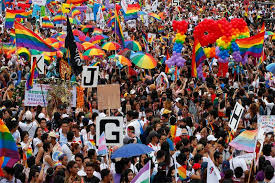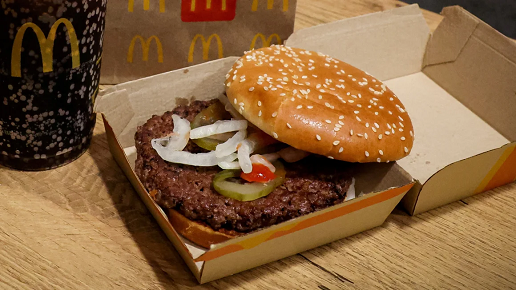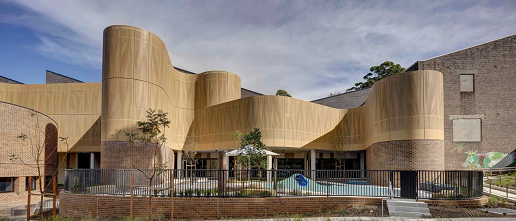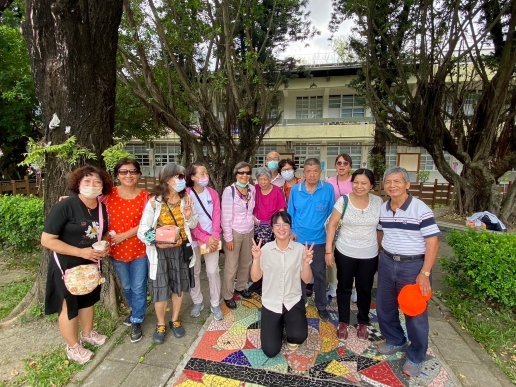Back to the early 1990s, J. Neil C. Garcia proposed two questions that he had attempted to answer in his book, Philippine Gay Culture: What are the male homosexual identities that constitute Philippine gay culture?/ Why is there no gay liberation movement in the Philippines? (Garcia, 1996, p. 5) Things have changed now, but this book could be seen as a pioneering voice for the Philippine homosexual community and an important source to trace back the beginning of Manila Pride March.
In remembrance of the Stonewall Inn Riots in 1969 in the US, in 1994, ProGay Philippines and Metropolitan Community Church helmed a march, as dubbed as the "Stonewall Manila" or as "Pride Revolution", in Quezon City. With this, the Philippines thus became the pioneering country in Asia and the Pacific to host a Pride-related march. This march has been argued if it was the beginning of "Pride March", based on two reasons: this march is not well-documented, and the issues raised by the march were not only LGBTQIA-specific. Some state that the 1996 Metro Manila Pride March was the first time the entire Filipino queer community presented themselves to the Philippine society.
Even so, the endeavors that the march contributed are obviously qualified. The march in 1994 received great responses not only from the public but from media attention. The 1996 edition would not have been possible without them. Besides, the influences that it created and remains valid until now not only symbolized the solidarity of the LGBTQIA community but broadened LGBTQIA community members’ participation in mainstream social and economic issues. The public started paying attention to the issues about the LGBTQIA community, as well as other minority groups since then. In 2010, they even started the world’s first LGBT political party. The party ran on a progressive platform to ensure the social welfare of the members of the queer community. Despite its losses in the 2010 and 2013 elections, it has shown us how minority groups can turn a movement into a powerful political force.
"Their collaborations, while not always harmonious, inspired other social movements and maintained the connections between generations of Filipino LGBTQ+ advocates." (Paradela, 2019) No matter where and when Pride March started, it was certainly not the last, and knowing the firsts is useful for us to remember by sharing people's experiences and archiving the traces of their efforts for the next generation.
For detailed content of J. Neil C. Garcia's book, Philippine Gay Culture, please click in:https://hkupress.hku.hk/pro/con/54.pdf.








